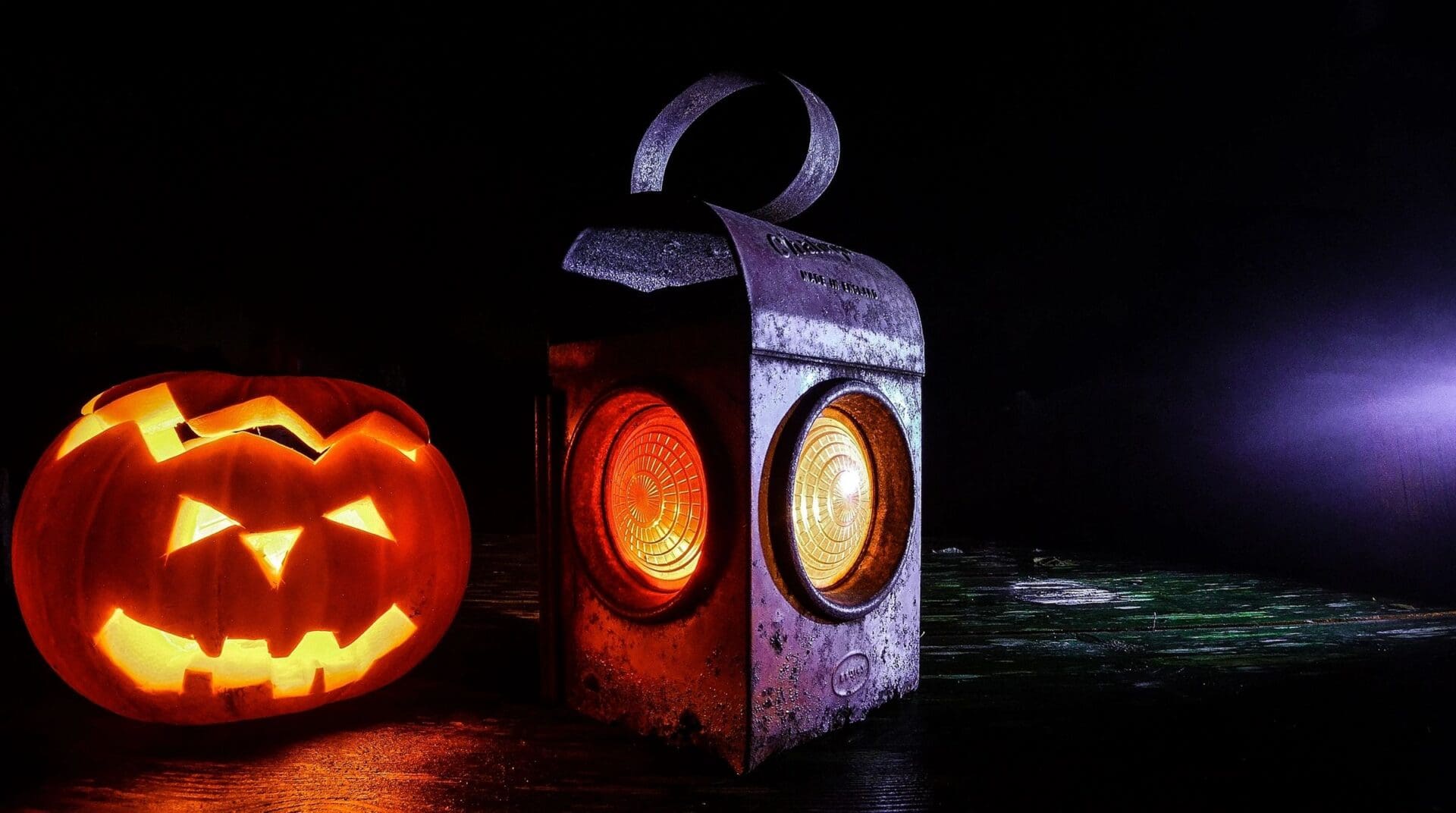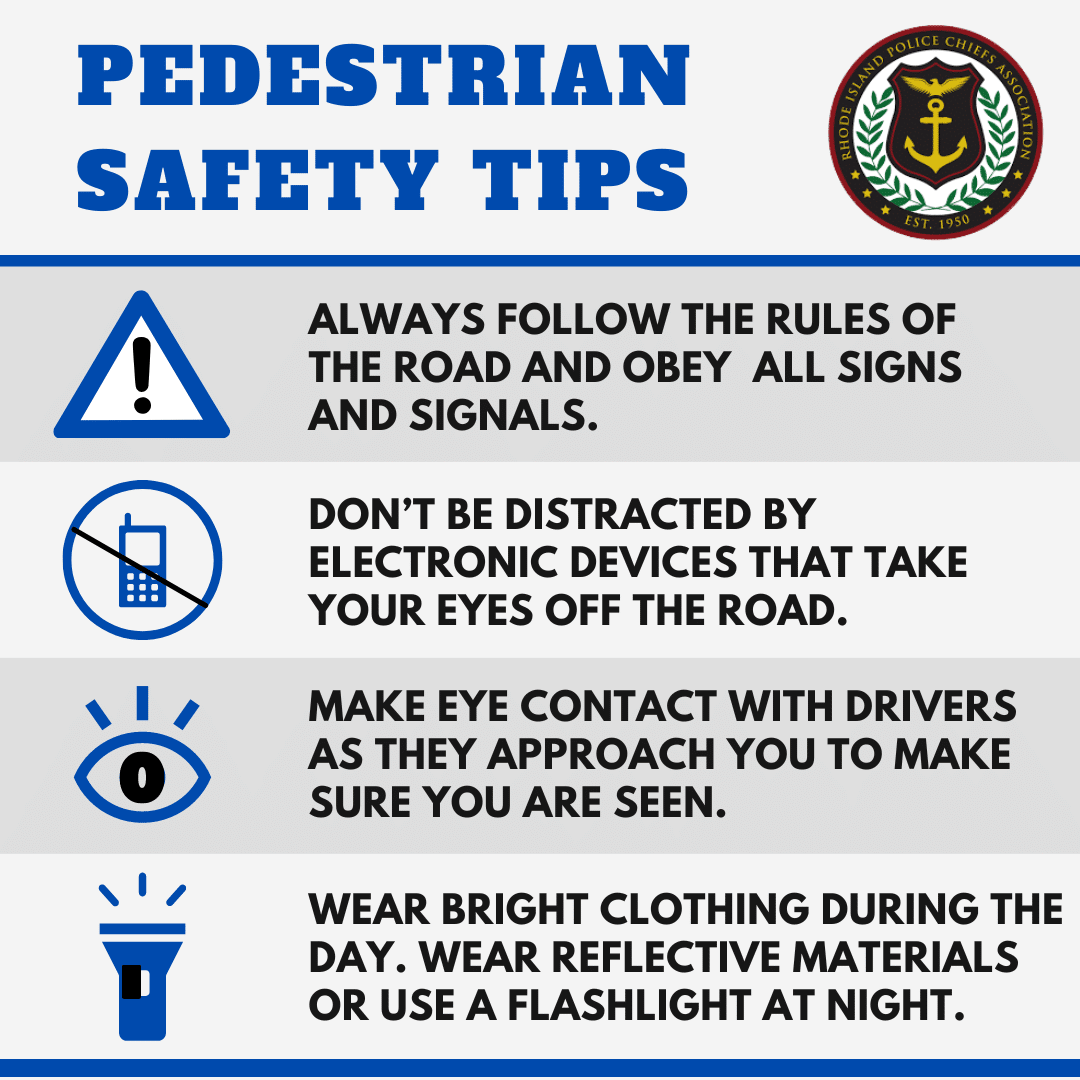Search Posts
Recent Posts
- Vinny Paz to be inducted TODAY into the International Boxing Hall of Fame – CES Boxing June 7, 2025
- In the News… quick recap of the week’s news (6.7.25) June 7, 2025
- Burn with Kearns: Strong without the spend: How scraps became strength tools – Kevin Kearns June 7, 2025
- Rhode Island Weather for June 7, 2025 – Jack Donnelly June 7, 2025
- How to advocate for threatened properties: The Heritage Alliance of Pawtucket June 7, 2025
Categories
Subscribe!
Thanks for subscribing! Please check your email for further instructions.

Boo! Happy Halloween. RI Police Chiefs Assoc, RIDOH, teacher tips for a safe one
Follow these tips from the RI Dept. of Health, Nemours Childrens Health, and the RI Police Chiefs’ Association for a happy, healthy and safe Halloween.
Advice from RIDOH:
Costumes
- Face paint, rather than a mask, can help children see better and avoid dangerous objects such as cars and tripping hazards. Follow all paint directions and never decorate your face with things that are not intended for use on skin. If decorating skin with a product you have never used before, try a dab on an arm for a couple of days to check for an allergic reaction before applying to your face.
- Decorate or trim costumes with reflective tape that will glow in the beam of a car’s headlights.
- Purchase only flame resistant costumes, masks, beards, and wigs.
- Only use decorative contact lenses if distributed by an eye care professional.
Trick or Treating
- Make sure small children are accompanied by an adult or an older, responsible child.
- Have children walk, not run, from house to house and use sidewalks instead of walking in the street.
- Only let children approach houses that have outside lights on as a sign of welcome.
- Carry a flashlight to help see and be seen.
- Do not let children enter homes or apartments unless accompanied by an adult.
- Be aware of obstacles on lawns, steps and porches, especially candle lit jack-o-lanterns that may be brushed by a child’s costume.
- Set a time for children to return home.
Treats
- Inspect candy for signs of tampering, such as ripped packaging, pinholes, discoloring, or any other unusual appearance, before children eat it.
- Feed children a light meal before they go trick or treating to help prevent them from snacking.
- Do not let children eat homemade candy or baked goods.
- If juice or cider is served to children at Halloween parties, make sure it is pasteurized or otherwise treated to destroy harmful bacteria.
- If you’re having a Halloween party offer healthy treats.
- Limit the number of treats in a single sitting to avoid large spikes in blood sugar
___
Nemours Childrens’ Health (shared by a local teacher)
Dressing Your Little Ghouls & Goblins
- Choose a light-colored costume that’s easy to see at night. Add reflective or glow-in-the-dark tape to the costume and to the trick-or-treat bag.
- Only buy costumes labeled “flame-retardant.” This means the material won’t burn. If you make your own costume, use nylon or polyester materials, which are flame-retardant.
- Make sure wigs and beards don’t cover your kids’ eyes, noses, or mouths.
- Masks can make it hard for kids to see and breathe. Instead, try using non-toxic face paint or makeup.
- Don’t use colored or decorative contact lenses, unless they’re prescribed by a licensed eye doctor.
- Put a nametag — with your phone number — on your children’s costumes.
- To prevent falls, avoid oversized and high-heeled shoes. Make sure the rest of the costume fits well too.
- Make sure that any props your kids carry, such as wands or swords, are short and flexible.
Trick-or-Treating Basics
Kids under age 12 should:
- always go trick-or-treating with an adult
- know how to call 911 in case they get lost
- know their home phone number or your cellphone number if you don’t have a landline
Older kids who go out on their own should:
- know their planned route and when they’ll be coming home
- carry a cellphone
- go in a group and stay together
- only go to houses with porch lights on
- stay away from candles and other flames
- know to never go into strangers’ homes or cars
For all kids:
- According to Safe Kids Worldwide, the risk of kids being hit by a car is higher on Halloween than on any other day of the year. So make sure all kids:
- walk on sidewalks on lit streets (never through alleys or across lawns)
- walk from house to house (never run) and always walk facing traffic when walking on roads
- cross the street at crosswalks and never assume that vehicles will stop
- Give kids flashlights with fresh batteries. Kids may also enjoy wearing glow sticks as bracelets or necklaces.
- Limit trick-or-treating to your neighborhood and the homes of people you know.
When kids get home:
- Help them check all treats to make sure they’re sealed. Throw out candy with torn packages or holes in the packages, spoiled items, and any homemade treats that weren’t made by someone you know.
- Don’t let young children have hard candy or gum that could cause choking.
- Have kids wash their hands before eating and don’t forget to make sure they brush their teeth.
Keep Visiting Ghouls Safe Too!
Make sure trick-or-treaters are safe when visiting your home too. Remove anything that could cause them to trip or fall on your walkway or lawn. Make sure the lights are on outside your house and light the walkway to your door, if possible. Keep family pets away from trick-or-treaters, even if they seem harmless to you.
Halloween Goodies — What You Give Out and What Kids Get
- Make Halloween fun for all — including kids with food allergies. Consider buying Halloween treats other than candy. Stickers, erasers, crayons, pencils, coloring books, and sealed packages of raisins and dried fruits are good choices.
- As you check what your kids brought home, keep track of how much candy they got and store it somewhere other than their bedrooms. Consider being somewhat lenient about candy eating on Halloween, within reason, and talk about how the rest of the candy will be handled. Let kids have one or two treats a day instead of leaving candy out in big bags or bowls for kids to eat whenever they want.
___
The Rhode Island Police Chiefs’ Association would like to share with residents a series of safety tips as part of National Pedestrian Safety Month.
The National Highway Traffic Safety Administration (NHTSA) reports that 6,516 pedestrians were killed in the U.S. in 2020. On average, a pedestrian was killed every 81 minutes and injured every 10 minutes in traffic crashes in 2020. Pedestrian deaths accounted for 17% of all traffic fatalities in 2020 and 2% of all people injured in traffic crashes in 2020.
National Pedestrian Safety Month, which runs through the month of October, celebrates the right of everyone to walk or roll safely and reminds drivers of their responsibility to stay alert for pedestrians, cyclists, and others each time they are behind the wheel. Each week of the month, the NHTSA is focusing on different themes to help both pedestrians and motorists stay safe.
The themes include:
Safer People: Encourages safe, responsible behavior by people who use our roads, and creates conditions that prioritize their ability to reach their destination unharmed.
Safer Speeds & Safer Roads: Recognizes the importance of how motorists driving at safer speeds can save lives and highlights the vital role that safer roads play in reducing fatal crashes and injuries.
Safer Vehicles: Looks at vehicle solutions – vehicles that provide occupant crash protection and other safety technology can help prevent crashes from occurring in the first place. Technologies like pedestrian automatic emergency braking can help protect those that are outside of the vehicle. Vehicle standards can also help reduce the severity of injuries including the front ends of vehicles that can be designed to reduce the impact of a crash.
Post-Crash Care: Focuses on providing bystander assistance and care to injured pedestrians, which may be critical in treating injuries and saving lives.”Everyone on our roads shares responsibility in making those roads safer,” said RIPCA President and Narragansett Police Chief Sean Corrigan. “One pedestrian crash is too many and we encourage motorists and pedestrians alike to review the following tips and to always remain attentive while driving or walking to ensure everyone can get where they are going safely.”
Additional safety tips for pedestrians:
Be predictable; follow the rules of the road and obey signs and signals.Walk on sidewalks whenever they are available.If there is no sidewalk, walk facing traffic and as far from traffic as possible.
Make eye contact with drivers before crossing the street and always cross streets at crosswalks or intersections. Cross streets at crosswalks or intersections. Look for cars in all directions, including those turning left or right.
If a crosswalk or intersection is not available, locate a well-lit area where you have the best view of traffic. Wait for a gap in traffic that allows enough time to cross safely; continue watching for traffic as you cross. Watch for cars entering or exiting driveways, or backing up in parking lots.
Be visible at all times. Wear bright clothing during the day, and wear reflective materials or use a flashlight at night.
Keep alert at all times; don’t be distracted by electronic devices that take your eyes (and ears) off the road.
Avoid alcohol and drugs when walking; they impair your abilities and your judgment.
Special Tips for Halloween:
- Drive slowly in residential neighborhoods.
- Watch for trick-or-treaters at intersections, medians, and on curbs.
- Watch for trick-or-treaters darting from between parked cars.
- Enter and exit driveways carefully.
Additional safety tips for drivers:
Look out for pedestrians everywhere, at all times.
Use extra caution when driving in hard-to-see conditions, such as nighttime or bad weather.
Slow down and be prepared to stop when turning or otherwise entering a crosswalk.
Yield to pedestrians in crosswalks and stop well back from the crosswalk to give other vehicles an opportunity to see the crossing pedestrians so they can stop too.
Never pass vehicles stopped at a crosswalk. There may be people crossing where you can’t see.
Never drive under the influence of alcohol and/or drugs.
Follow the speed limit, especially around people on the street, in school zones and in neighborhoods where children are present.Be extra cautious when backing up and look for pedestrians.
For more information on pedestrian safety, click here.

